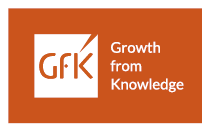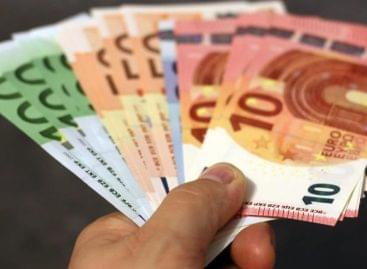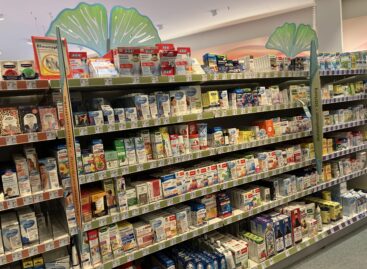European retail in 2019
 A study made by GfK has revealed that purchasing power grew considerably in the European Union in 2018. The engines of this growth were Latvia (+10.3 percent) and the Czech Republic (+9.3 percent). At the same time only a nominal sales growth occurred in the large markets of Western Europe. In the EU-28 the nominal sales growth in retail was 1.9 percent – this rate was about the same as the level of inflation. As for Hungary, at 5.3 percent the growth was smaller than in 2017.
A study made by GfK has revealed that purchasing power grew considerably in the European Union in 2018. The engines of this growth were Latvia (+10.3 percent) and the Czech Republic (+9.3 percent). At the same time only a nominal sales growth occurred in the large markets of Western Europe. In the EU-28 the nominal sales growth in retail was 1.9 percent – this rate was about the same as the level of inflation. As for Hungary, at 5.3 percent the growth was smaller than in 2017.
There are several factors affecting consumption in Europe: Brexit and the weaker growth prospects in the Chinese export market have a negative influence, while the strengthening labour market and the growing incomes of consumers have a positive impact. GfK forecasts a 2-percent increase in value sales in the EU-27 in 2019.
After the -0.4-percent drop in 2018, retail sales by physical stores had a -30.5-percent share in consumer spending. In Portugal and Hungary retail sales by brick-and-mortar stores expanded faster than the total consumer spending. Due to this trend more than half of consumer spending in Hungary is realised by physical stores – this is the highest proportion if all EU countries are considered.
It seems that the size of the trading area has reached its peak in Europe. In 2018 the per capita trading area was 1.13m² in Europe, while the number of new retail development projects decreased. Classic shopping centres started to turn into some kind of lifestyle centres, where culinary, entertainment, educational and health services are becoming more important. As regards the productivity of trading area, Luxembourg was the leader in 2018 with EUR 7,250/m², followed by Norway with EUR 6,430/m² and Switzerland with EUR 6,220/m². //
Related news
Inflation in Italy accelerated to 1.7 percent in June
In Italy, consumer prices rose by 1.7 percent year-on-year in…
Read more >MNB Director: The central bank expects 4.7 percent annual inflation this year
Inflation is expected to exceed the central bank’s tolerance band…
Read more >Despite economic recovery, the number of insolvencies has increased in the Central and Eastern European region
The annual insolvency report for Central and Eastern Europe (CEE)…
Read more >Related news
WHO: They urge a 50 percent price increase for tobacco, alcohol and sugary drinks
The World Health Organization (WHO) is calling for the prices…
Read more >Eurozone economic growth accelerated in June
The eurozone’s economic performance accelerated in June, according to the…
Read more >This is how drug prices are changing: the government introduced price restrictions
The Ministry of National Economy’s price restrictions on medicines came…
Read more >






